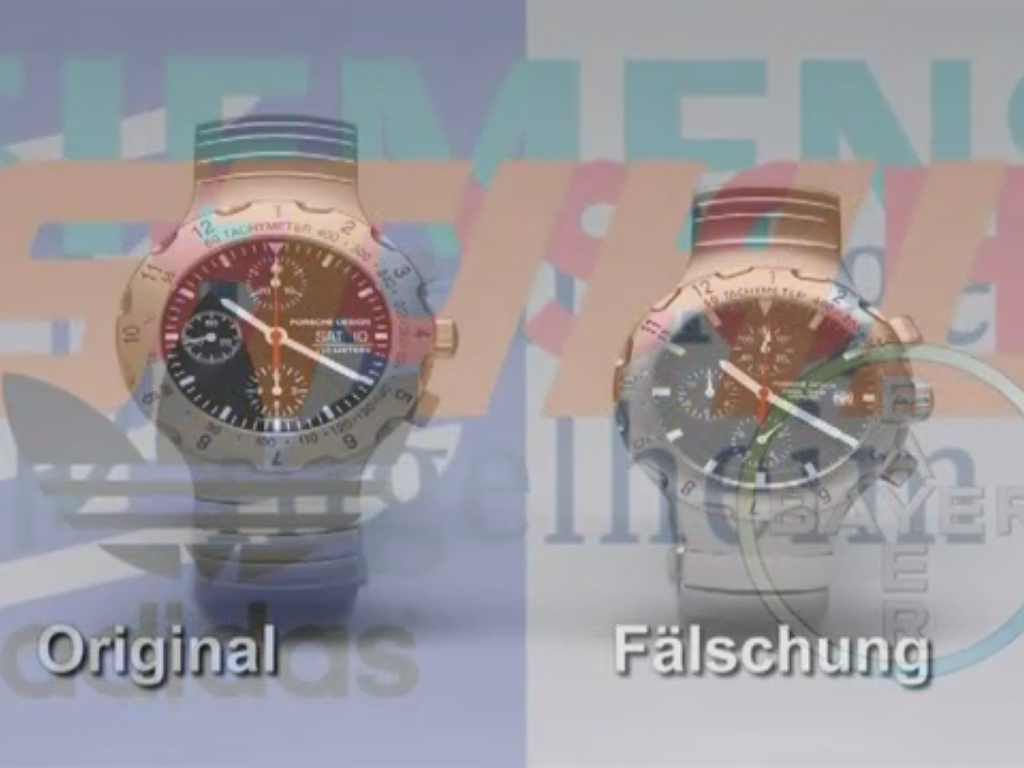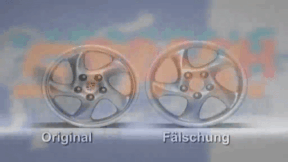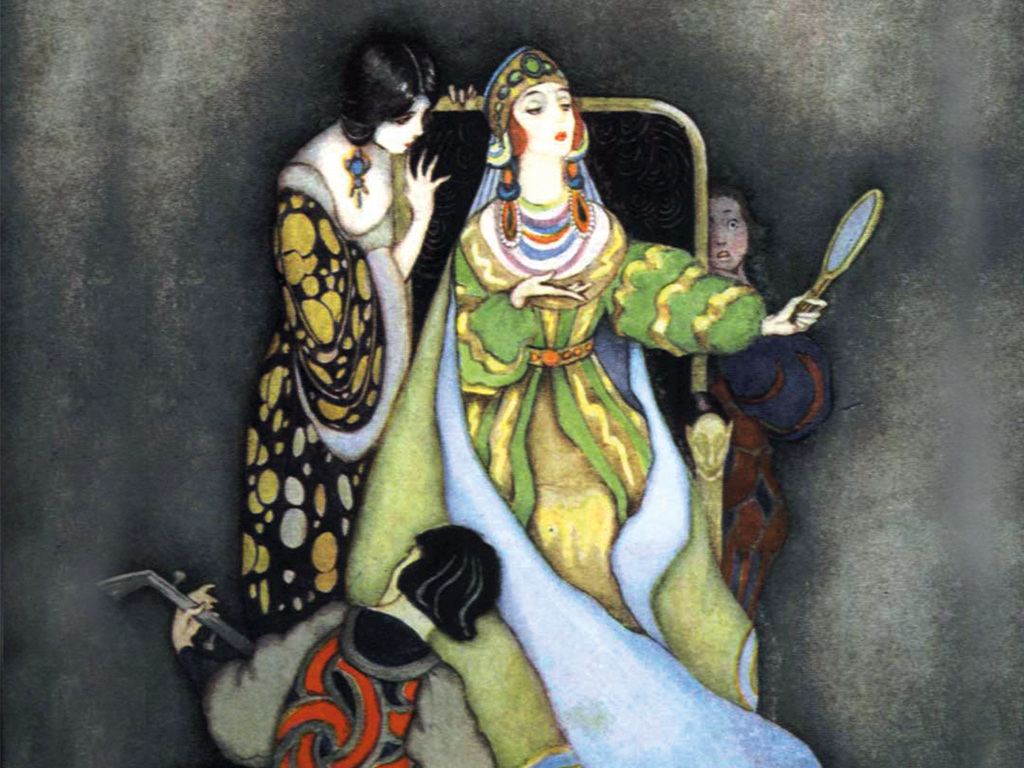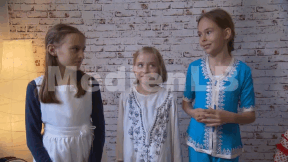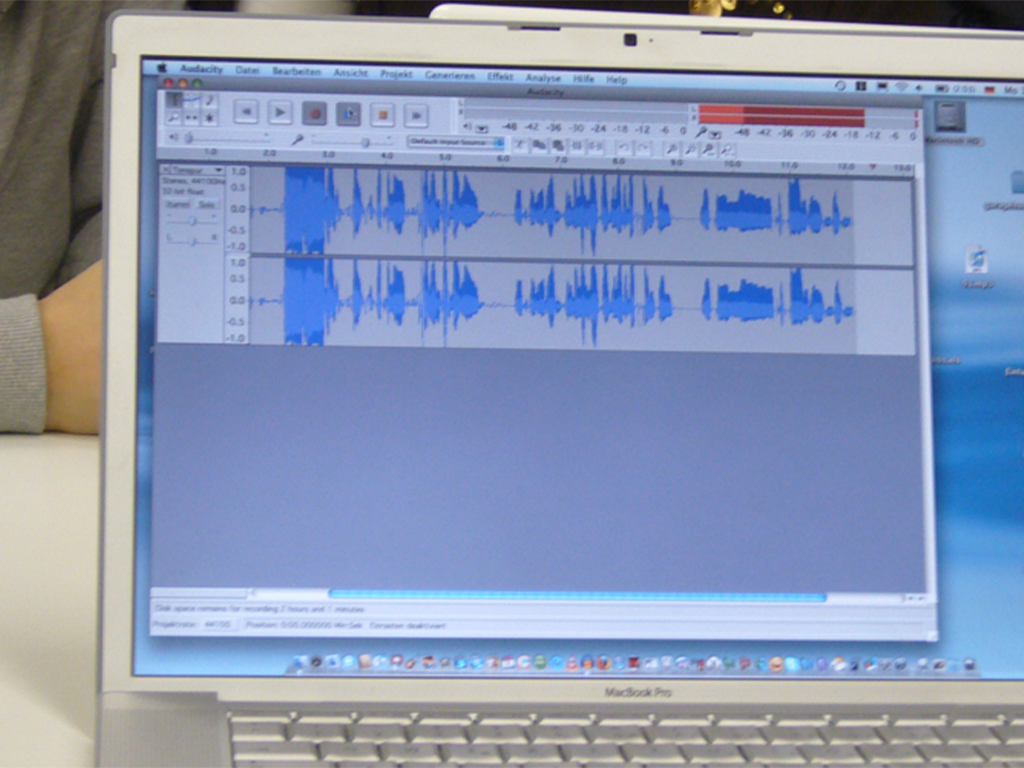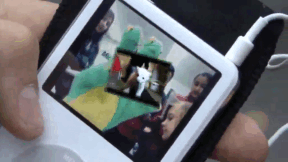 Technology, Training of Teachers
Technology, Training of Teachers
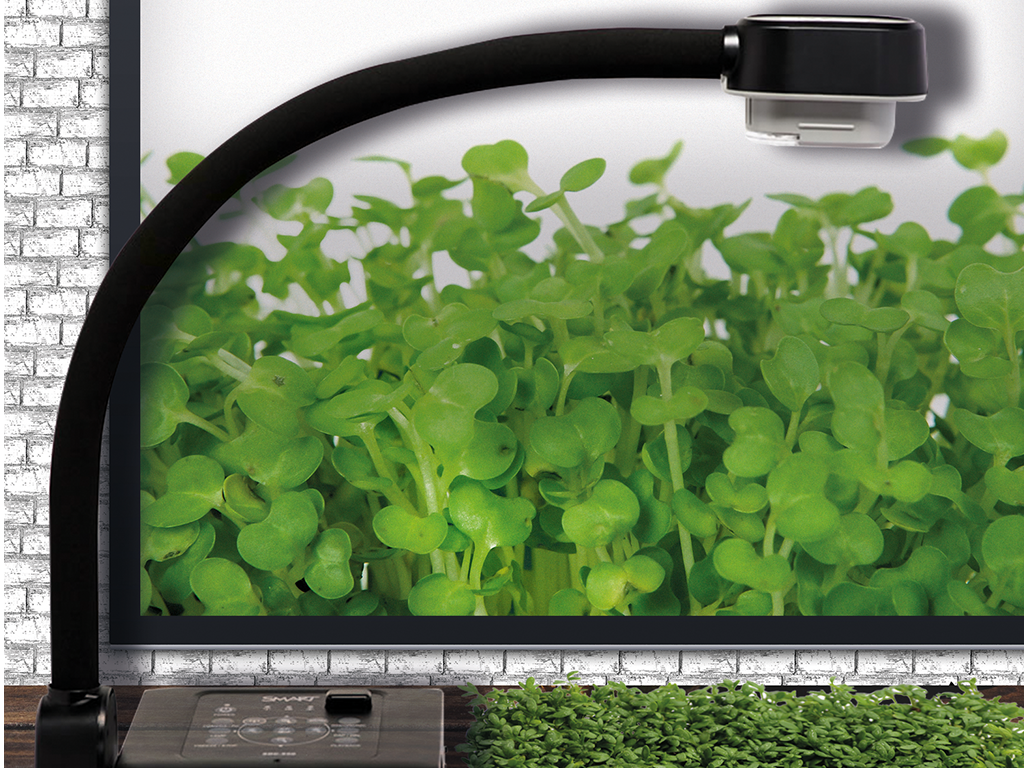
46500494 / 55500339
Dokumentenkamera
Verwendung und Einsatz im Unterricht
Seit Jahrzehnten ist der Overheadprojektor fester Bestandteil der Medienausstattung an Schulen.
So groß die Vorteile sind, ein Bild oder ein Arbeitsblatt großflächig an die Wand zu projizieren, so sehr ist er doch limitiert – es können lediglich zweidimensionale Gegenstände abgebildet werden.
In modernen Klassenzimmern finden sich neben interaktiven Tafeln zunehmend Dokumentenkameras, die die Vorteile des Overheadprojektors anbieten, gleichzeitig aber wesentlich ergänzen. Mit der Dokumentenkamera können problemlos dreidimensionale Gegenstände gezeigt werden, selbstverständlich können Arbeitsergebnisse gespeichert und im Kollegium geteilt werden.
Der Film zeigt die vielfältigen Anwendungsmöglichkeiten im Unterricht – so können Schülerinnen und Schüler einem Schmetterling beim Schlüpfen zusehen, können überraschende Chemieexperimente verfolgen, oder grundlegende Häkeltechniken erlernen.
Für Lehrerinnen und Lehrer bietet der Film eine Vielzahl von spannenden Anregungen.
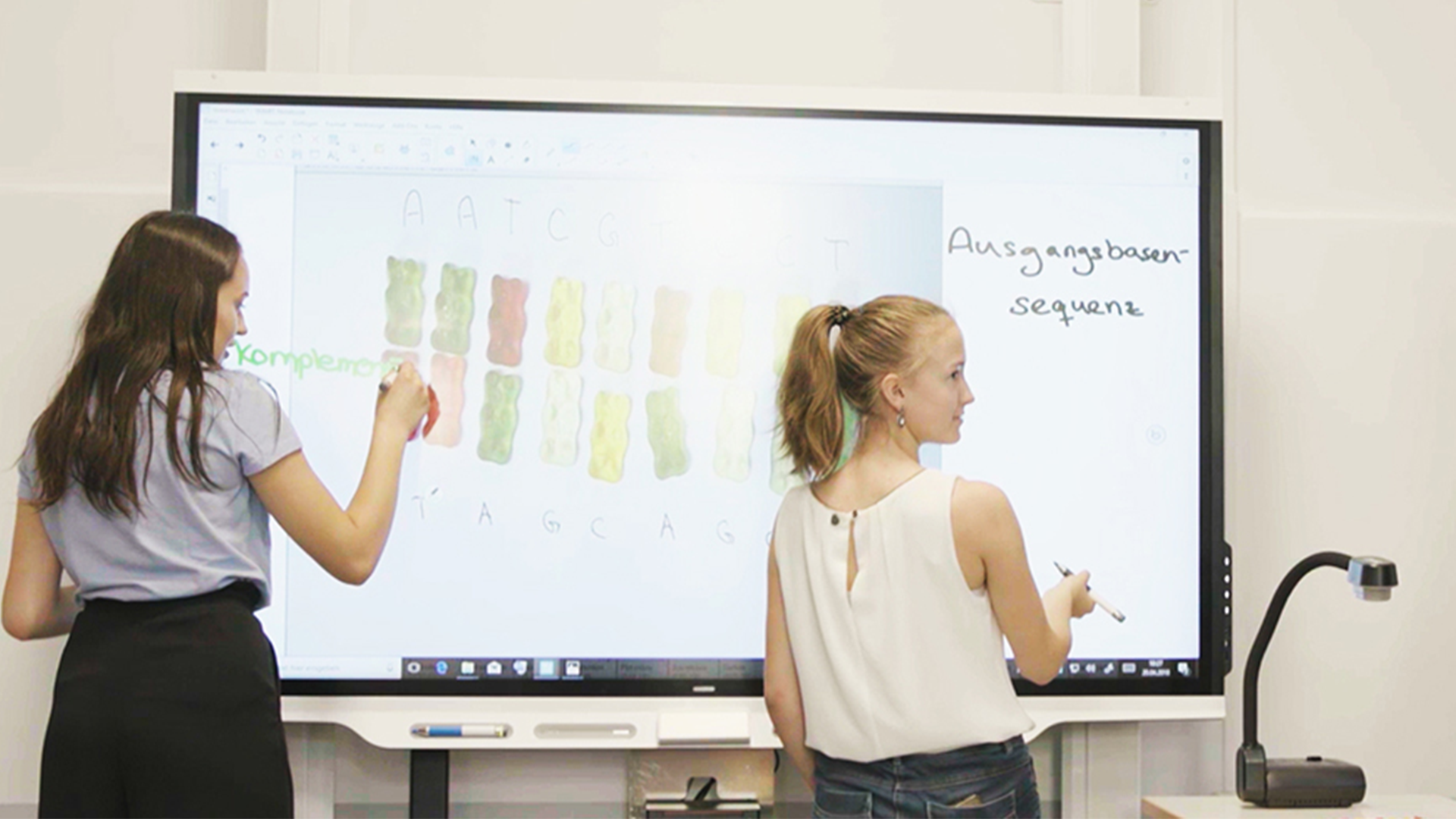
Curriculum-centred and oriented towards educational standards
Matching
Product Piracy
Counterfeiting takes place in almost all economic sectors – textiles, watches, car parts, machine parts, tools, accessories, software and medicines. Some counterfeits are easy to recognise, others are so well-executed that even experts have difficulty distinguishing between original and imitation. This DVD covers the development of a product from idea to manufacture. Once a product has become a trademark, product pirates appear on the scene.
Podcasting
Today, the use of new media has become a matter of course not only in everyday life – schools and teaching, too, benefit from the new technologies and methods, which support active and independent learning. Especially in computer science, ethics and language courses but also in all other subjects, modern media are a valuable pedagogic and didactic asset. This DVD uses the example of podcasts to demonstrate how the possibilities opened up by new media can be applied in the classroom and how the pupils can be taught to handle them in a competent and target-oriented manner. The film is aimed at supporting the use of podcasts at school and encourages making them. This also requires the ability to find information on the Internet and assess it. The film informs on the functionality of podcasts and technical background as well as on the teaching and learning possibilities offered by podcasts – ranging from specific contents to superordinate learning targets such as the advancement of creativity and team spirit. The DVD is a useful support for teachers applying new media and wishing to show their pupils how to handle Running Time: 20:29 ms them in a sensible way.




